T̳w̳o̳ ̳d̳e̳a̳d̳ ̳i̳n̳ ̳V̳i̳r̳g̳i̳n̳ ̳G̳a̳l̳a̳t̳i̳c̳ ̳s̳p̳a̳c̳e̳ ̳p̳l̳a̳n̳e̳ ̳c̳r̳a̳s̳h̳ ̳
, VG’s sub-orbital spaceplane, the SpaceShipTwo (serial “VSS Enterprise”), broke up in-flight after drop from its carrier aircraft over the Mojave Desert (California). The vehicle had two crew aboard: co-pilot Michael Alsbury (who died) and pilot Peter Siebold (who survived but was seriously injured).
VG described the event as a “serious anomal
Virgin Galactic, part of the broader Virgin Group ecosystem, is positioned as a pioneer in commercial sub-orbital space tourism. Its promise: to carry paying customers (and researchers) to the edge of space aboard SpaceShipTwo vehicles launched from a carrier aircraft (WhiteKnightTwo) and then gliding/rocketing back to land.
Revenue drivers: ticket sales for high-net-worth individuals, R&D and demonstration contracts, possibly later small-satellite launch services (via associated vehicles). VG had targeted a premium ticket price (hundreds of thousands of dollars per seat) in its early marketing.
Before the crash, VG was seen as among the front-runners in private human spaceflight, leveraging the Virgin brand’s marketing power and Richard Branson’s profi Impact of the CrashThe crash caused a loss of the test vehicle and one fatalitysevere reputational damage.
Investigation by the National Transportation Safety Board (NTSB) later attributed the cause primarily to co-pilot error (premature unlocking of the feathering mechanism) and to inadequate safeguards and oversight by the design/manufacturer.
Result: commercial operations were delayed, testing was grounded, development of the next-generation craft had to incorporate design changes.
Financial/Strategic conseq The crash undermined the timeline for revenue from ticket sales the “first movers” advantage shrank.Investors and stakeholders likely recalibrated risk/return expectations for VG and the commercial space tourism sector more broadly.
– The accident highlighted the magnitude of technological and operational risk in “new space” human systems and challenged the assumption of rapid commercialisation.
Market The incident gave incumbents and emerging players (e.g., in orbital or high-altitude tourism) a window to reposition themselves.
It sharpened scrutiny of regulatory, safety, insurance-cost, and certification environments for commercial human spaceflight — raising barriers for all playersCorporate Response & Strategic Re-calibrat
After the accident, VG and its manufacturing partner (Scaled Composites) made a number of remedial commitments:
– Redesign of the feathering system interlock and introduction of an automatic inhibitor preventing premature unlocking.
– Enhanced pilot training, crew resource management (CRM) protocols, and safety culture focus.Assembly of the second SpaceShipTwo vehicle under revised processes; the company stated that while the crash was a “tough blow”, it did not define VG’s future.
Strategically, VG’s path forward involved:
Re-securing momentum in test flights, demonstrating reliability, earning public-and-regulatory trus Communicating credible safety and risk mitigation to customers and insurePossibly revising business assumptions (ticket volumes, pricing, schedule) in light of extended developmeContinuing parallel businesses (e.g., small-satellite launches) to diversify revenue and reduce reliance solely on human tourism.
Risk-return dynamics: The crash underscored that commercial human spaceflights are not “incrementally safer” than conventional aviation; the margin of error remains high. This raises the cost of insurance, the need for greater capital reserves, and longer lead times for ROI.
Regulatory & certification burden: The NTSB’s findings reflected weaknesses in oversight and the need for more robust human-factors engineering even in “boutique” commercial programs. Regulators may impose stricter regimes, slowing time-to-market.
Brand & consumer trust: Space tourism is a premium experiential product. A fatal crash in test mode can significantly dampen consumer willingness to pre-pay large sums for tickets, especially when safety is publicly questioned. VG’s brand advantage partly offsets this, but the risk remains elevated.
Competitive differentiation: Firms able to demonstrate transparent safety processes, strong regulatory alignment, and credible testing will gain a market edge. Failures will cost first-mover status rather than confer advantage.
Capital & financing: Larger reserves may be needed; insurers will demand higher premiums; investors will expect longer returns. This could favour incumbents or firms with diversified business models vs pure tourism pl
VG’s recovery hinges on execution in three domainsTechnical reliability & safety proof: The company must resume flights, demonstrate mission success, and build up operational data to convince both stakeholders and consumers.
Commercial scale-up: Beyond initial demonstration flights, turning a profit will require sufficient ticket volume, efficient operations and a reliable repeatable flight cadence. Delays or reliability issues will increase cost per flight and reduce profitability.Market positioning & differentiators: VG needs to maintain its premium brand, manage consumer expectations, and perhaps broaden its offering (e.g., scientific missions, astronaut-training, media experiences) to increase revenue streams and reduce reliance on pure touris
R Another mishap could be catastrophic for brand and business viability Rising competition (including orbital ventures) may shift market perceptions and pricing.Technological risk, cost overruns, and operational delays remain high.
Macroeconomic and regulatory factors (insurance, spaceport incentives, safety certification) could further raise barriers.
But potential upside: Successfully executing the model could unlock a new luxury/experiential travel market, with valuations well above traditional aerospace metrics — hence the intense focus on VG’s trajecto
The crash of SpaceShipTwo was a significant setback for Virgin Galactic and the commercial human-spaceflight sector. It highlighted that even with strong branding and ambition, the operational, regulatory and safety demands are formidable. The company responded with design, training and culture changes, and remains cautious but committed. Going forward, the ability to restore confidence and scale the business will determine whether VG can convert its early lead into a sustainable, profitable enterprise — or whether it remains a high-risk blueprint that failed to fulfil its promise.
In essence: the crash did not kill the vision, but it certainly changed the clock, both for Virgin Galactic and for anyone contemplating commercial human space flight
Let me know if you’d like a deep
er dive into insurance/financial modelling implications for VG (or for emerging space-tourism players)
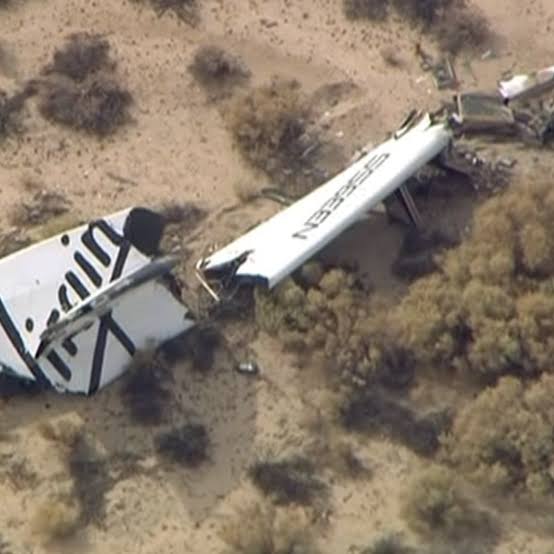
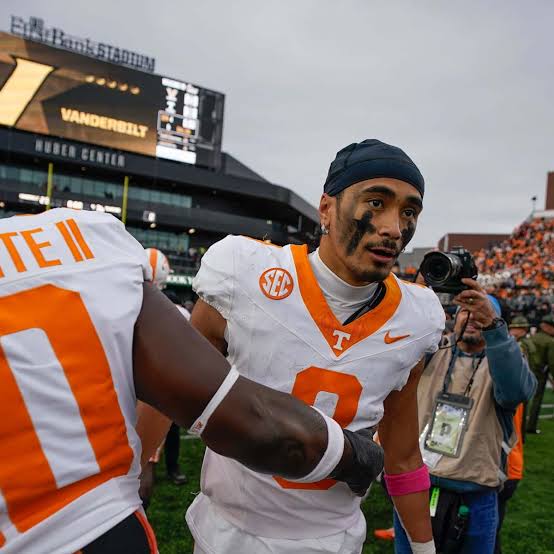

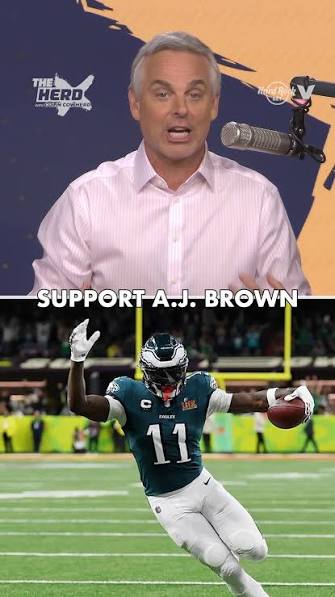
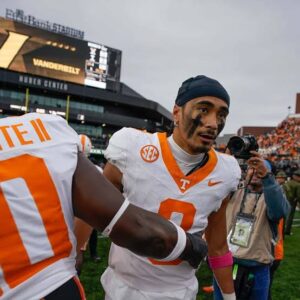


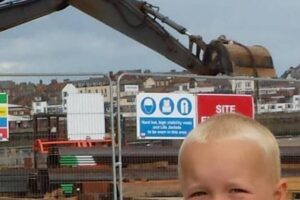
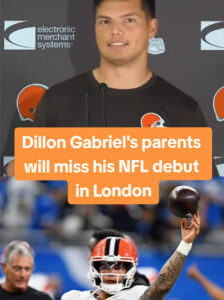

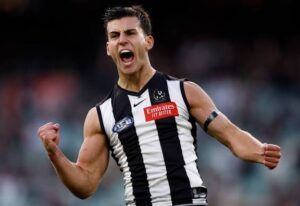


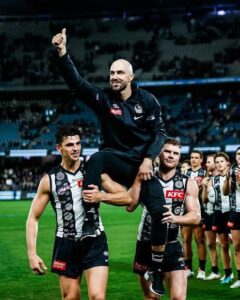
Post Comment